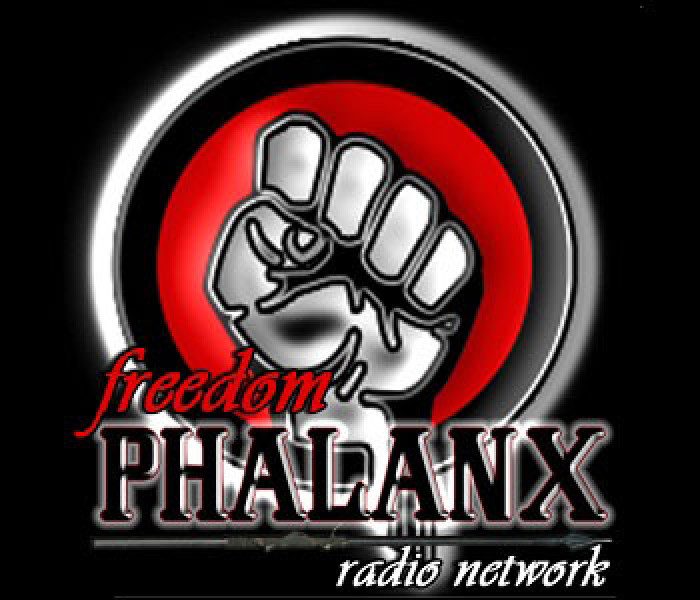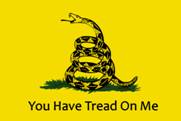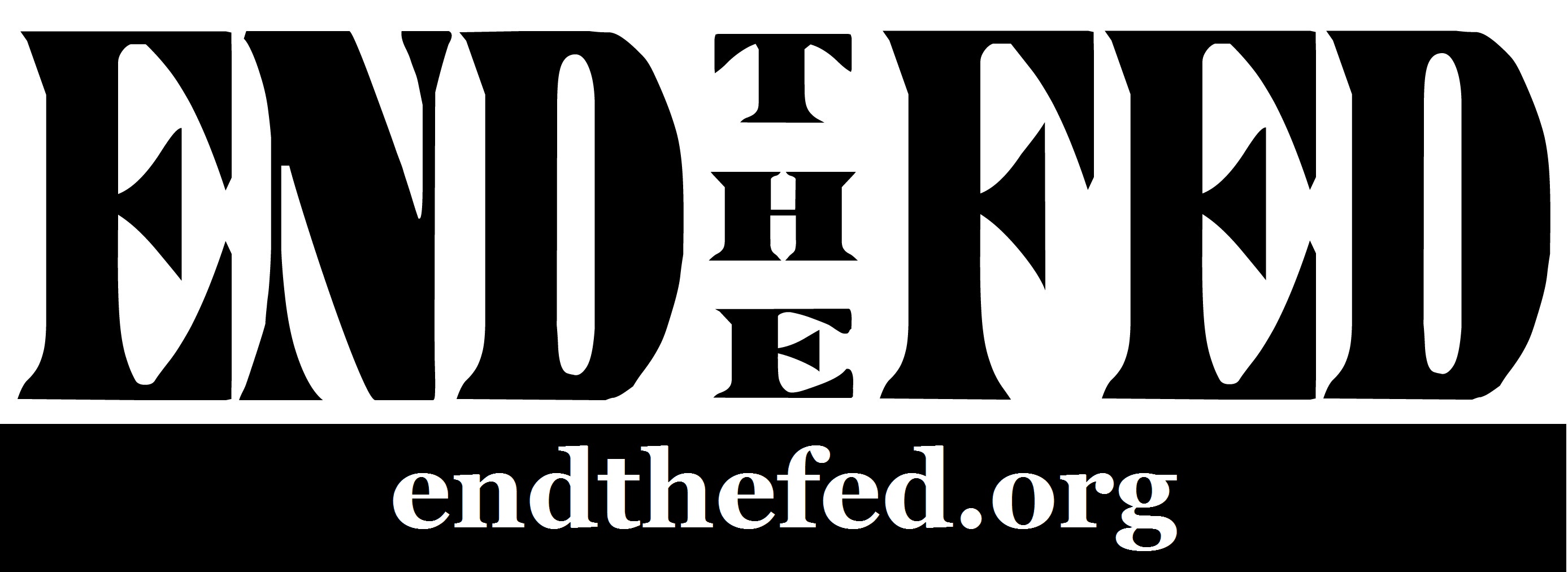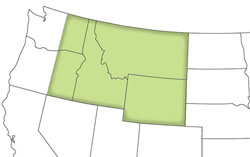Despotic special interests typically have a desire to co-opt governments since the unfair protections and undue privileges can be enjoyed at the expense of the body politic. Corporatism at its essence is the merging of oligopolistic corporations with the State. The ultimate tyrannical cocktail is the emergence of a corporation that pretends to be an Administrative Agency of the federal government when in fact it monopolistically controls the issuance of currency and credit. I am referring to none other than the Federal Reserve Bank.

The main thrust of this book seems to make the case for why total abolishment of the Federal Reserve System is warranted. Seven reasons are given:
- It is incapable of accomplishing its stated objectives.
- It is a cartel operating against the public interest.
- It is the supreme instrument of usury.
- It generates our most unfair tax [which is inflation].
- It encourages war.
- It destabilizes the economy.
- It is an instrument of totalitarianism.
A crash course of sorts is given on economics as well as on the mechanizations of the Federal Reserve itself, especially in terms of what the author refers to as “the Mandrake Mechanism.” Literally, the currency is conjured out of less than nothing, since it is based on debt, instead of on value. If there were no debt, there would also be no money. While the actual procedure itself seems complex, it is inherently illogical since it is deliberately designed to confuse those who attempt to decipher what it actually is, which is to say, the Mandrake Mechanism is nothing more than legalized mass counterfeiting. This is why the Federal Reserve Notes (FRNs) are particularly susceptible to the necessarily increasing artificial expansion of the money supply (which is not held relative to real increasing productivity as measured by the available goods and services in the economy) that causes the hidden tax of inflation, which robs everyone by reducing the purchasing power of the dollar.
According to the author’s Goldbug economic perspective, there are four different forms of money: commodity, receipt, fiat, and fractional. Commodity money is literally any sort of commonly considered valuable good that is socially accepted as a reliable medium of exchange (in order to overcome the limitations of direct barter). Receipt money was originally used as a claim check or IOU of sorts that was traded as a medium of exchange in and of itself (in order to overcome the limitations of weight and portability that plagued commodity money). Fiat money was whatever was declared by the State as money irrespective of free market dynamics; to refuse to accept fiat currency in payment of (genuine) debt was to violate legal tender statutes and usually punishable as a criminal offense against the State. Fractionally reserved money is essentially receipt money that is not 100% backed by a commodity money of some kind. Using this typology, I don’t think it is incorrect to describe FRNs as a fractionally reserved, fiat, receipt, funny money.
Griffin goes on to describe the origination of the Federal Reserve Bank as proposed legislation that was written by high finance special interests on Jekyll Island off the coast of Georgia. This creature was shortly thereafter given birth by the passage of the Federal Reserve Act of 1913, which was signed by President Woodrow Wilson. Not long after that, America was sucked into World War I, which of course necessitated the federal government to take out even more loans from the Federal Reserve in order to fund the war effort, sinking the country into a position of indebtedness to the bankers. While Griffin describes the sinking the Lusitania as if it were a false flag operation (with one of the key operatives being none other than Winston Churchill), I should emphasize that either way, the Federal Reserve would still profit from the United States’ entrance into the Great War at the expense of the American populace, pursuant to the Hegelian Dialectic. Every imperialistic war of aggression since then as been little more than an excuse for the bankers to profit from the massive loans they make to the federal government, at interest. This is why the national debt can never be paid back, because those loans constitute only the principle, so it begs the question of where the interest is ultimately supposed to come from?
Fast forward to the Bolshevik Revolution, and we find that the up-and-coming Russian communists were funded by none other than Western high financiers, such as the Wall Street bankers and the network headed by Cecil Rhodes that spawned many round table groups, one of which became known as the Council on Foreign Relations. This methodology for instigating and capitalizing from imperialistic wars of aggression is described as the Rothschild Formula. Even before the Federal Reserve was enacted, this is a long standing technique which can also be particularly demonstrated at the Battle of Waterloo, when Nathan Rothschild was able to knowingly lie about its outcome with the goal of consolidating a dominant holding of England’s debt into his own hands.
We are next to examine the three previous central banks of the United States: the Bank of North America, the deceptively titled First Bank of the United States, and the equally untrue Second Bank of the United States (all of whom were precursors to the Federal Reserve). It would behoove us to understand why these three central banks were abolished, since it would additionally make the case that abolishing the Federal Reserve is not something new or otherwise “radical;” and it would seem to be the case that they were all abolished because each of the bank’s respective charters were allowed to expire. Considering that the Federal Reserve is responsible for the so-called “boom and bust cycle,” in addition to the recessions and depressions since its inception, it would beg the question as to whether this fourth central bank of the United States also has a sunset provision that would allow its charter to expire as well?
It is postulated as part of one very bad scenario that the banking industry would eventually be nationalized. I find this humourous, since Ellen Brown claimed in her book that nationalizing the banking industry is what needs to happen as part of her overall “solution” package; what else can you expect from a faux Greenbacker globalist? What really interested me was Griffin’s sixteen point plan for Ending the Fed:
- Repeal the legal-tender laws.
- Freeze the present supply of Federal Reserve Notes.
- Define the “real” dollar in terms of precious metal content.
- Establish gold as an auxiliary monetary reserve.
- Restore free coinage at the US Mint.
- Pay off the national debt with Federal Reserve Notes
- Pledge the government’s hoard of gold and silver to be used as backing for all the Federal Reserve Notes in circulation.
- Determine the weight of all the gold and silver owned by the US government.
- Determine the number of all the Federal Reserve Notes in circulation.
- Retire all Federal Reserve Notes from circulation.
- Convert all contracts based on Federal Reserve Notes to dollars.
- Issue Silver Certificates.
- Abolish the Federal Reserve System.
- Introduce free banking.
- Reduce the size and scope of government.
- Restore national independence.
Sounds intriguing. I wonder how it would fair relative to Gary Hunt’s “An Economic Solution” monetary reform proposal?
Griffin also has other suggestions that can be accomplished in the context of individual action. He recommends how to prepare for the mathematically inevitable socio-economic collapse:
- Get out of debt.
- Pick a sound bank.
Maintain accounts at several institutions.
Do not keep over $100,000 in any one bank.
- Diversify your investments among blue chip, over-the-counter, growth, income, large, small, mutuals, bonds, real estate, bullion coins, mining stock, tangibles, and even [foreign] currencies.
- Avoid the most recent “best” performers.
- When investing in coins, avoid those with a high numismatic value.
- Maintain a stash of cash, including some old silver coins.
I found this particular criticism against Griffin by the FauxCapitalist to be somewhat silly when he asserted, “Be wary, therefore, of anyone who does advocate a gold standard with less than 100% backing.” While it is true that Griffin does advocate a return to the gold standard, he explicitly states, “…we must create an entirely new money supply which is 100% backed by precious metal – and we must do so within a reasonably short period of time [emphasis added].” So, unless Griffin contradicted himself elsewhere, FauxCapitalist’s insinuation is either disingenuous or simply ignorant.
I wholeheartedly recommend that all political dissidents to read G. Edward Griffin’s The Creature from Jekyll Island: A Second Look at the Federal Reserve. It is a very good history of how the United States sank back into the grip of yet another central bank and its concomitant consequences upon us all, since were are all inherently reliant upon FRNs for our very survival in the market economy. What pleased me most was how Griffin’s “A Plan for Eliminating the Fed” monetary reform proposal was actually serious about dismantling the Federal Reserve Bank (unlike Ellen Brown’s faux “Populist” list of random erroneous suggestions that simply were not thought out). If we can accurately recognize the engine of our destruction, then perhaps we’ll actually have a realistic chance at securing our Liberties.




















